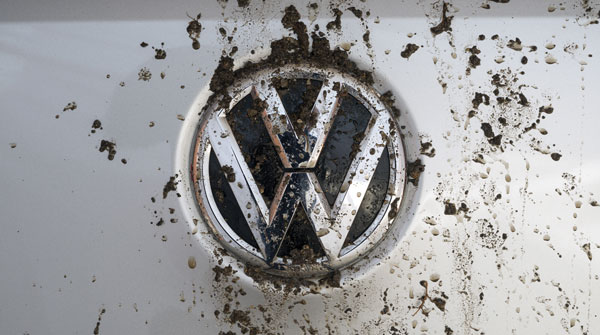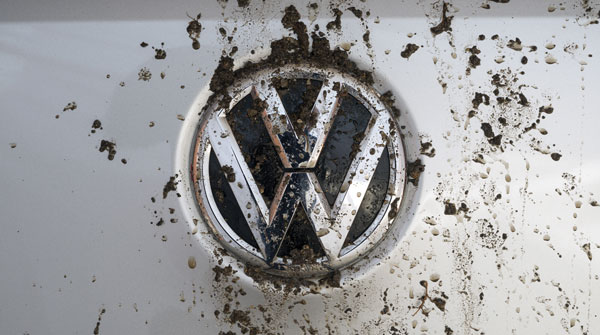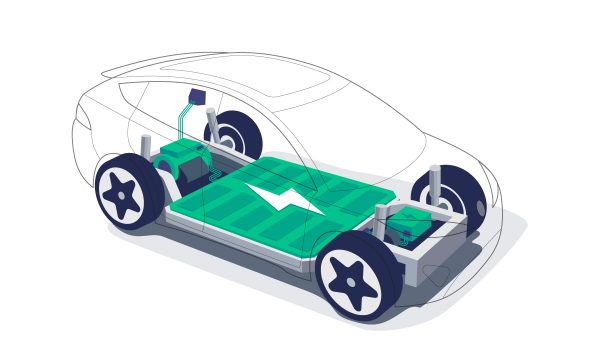TAKING AN IN-DEPTH LOOK AT THE TECHNOLOGY ADOPTED TO MEET NOx EMISSIONS STANDARDS
Beyond the initial outrage, that’s probably the first question many of us asked on learning that Volkswagen cheated on its emissions tests. And subsequently that 11-million diesel VWs, worldwide, are fitted with software that bypasses key emissions controls in normal driving.
It’s a question that will take months, and maybe even years to answer. And buried within it are scores of other important questions such as who authorized the subterfuge, who knew about it, and when?
Those are questions we can’t answer. But we can shed some light on the reasons why the deception occurred. It’s rooted in technology, money, and probably in corporate culture.
To summarize what happened, VW programmed the emissions control systems for its high-volume E189 four-cylinder TDI diesel engines so certain control functions were active only in conditions encountered during an emissions test. These are conditions such as stationary steering and rear wheels while the front wheels were being driven.
While skirting the edges of the requirements has been common practice since the earliest days of emissions regulations, this case went well beyond exploiting loopholes in the rules. It was blatant cheating.
As a result, the group of pollutants known as nitrogen oxides (NOx) were grossly excessive except when the vehicles were being emissions-tested. Nitrogen oxides were among the earliest automotive “criteria emissions” to be regulated, beginning in 1976.
In addition to contributing to the formation of smog and acid rain, high NOx concentrations can affect human respiratory systems, aggravating conditions such as asthma, bronchitis and emphysema.
Before the introduction of emissions controls, car engines typically emitted about 3.6 grams of NOx per mile (2.24 g/km). The U.S. Environmental Protection Agency (EPA) set progressively tighter limits on those emissions, with the most recent step from 0.4 grams/mile (0.25 g/km) to just 0.07 grams/mile (.04 g/km) in 2007. That’s the point where diesels hit a wall.
For reasons related to both the fuels used and the different combustion characteristics of gasoline and diesel engines, diesels tend to generate higher concentrations of NOx. And the three-way catalytic converters that clean up the NOx emissions from gasoline engines don’t do the job for diesels.
Some new technology was needed for the oil burners to meet the new emissions standards for NOx.
While skirting the edges of the requirements has been common practice since the earliest days of emissions regulations, this case went well beyond exploiting loopholes in the rules. It was blatant cheating.
The solution, for most diesel passenger car manufacturers, was Selective Catalytic Reduction (SCR). It’s a system that injects a urea-based Diesel Exhaust Fluid (DEF), called AdBlue by some manufacturers, into the exhaust system ahead of a new and separate SCR catalyst where the gases are reacted into nitrogen and water.
It’s a complex and costly approach that requires owners to buy and add DEF every few refills of diesel fuel. It’s not added directly to the fuel, but instead to a separate tank. How often depends on the size of that tank.
The fact that most manufacturers adopted a system that adds cost and inconvenience for their customers is a measure of just how difficult it was to meet the standards.
It also explains why Volkswagen would be keen to find another way. In addition to the cost and convenience issues, SCR takes up a lot of space, which is in short supply in VW’s smaller models. While working on a means of meeting that challenge, the company withdrew diesels from the North American market for a couple years.
One can only imagine the internal pressure on Volkswagen’s engineers to come up with a different solution. They would be heroes if they did. And VW itself would bask in the adulation of the automotive world for achieving what no other automaker could do.
Which is exactly what happened, including receipt of a slew of green awards for the company’s clean diesel technology.
The system VW adopted for diesels in its small cars was called a lean NOx trap, which cost less, took up less space and didn’t require a DEF tank and injection system. As the name implies, it traps NOx in a separate converter, where it is burned off every few minutes. The company did adopt SCR for its larger models, including the Passat.
The lean NOx trap allowed VW’s diesels to meet the test standards —when it was fully operative —but it seems that it took a greater toll on real-world performance and fuel economy than someone within the organization felt was acceptable. A problem that was overcome by cheating on emissions tests.
The conclusion? If something seems too good to be true, it probably is.











